A Rivet Joint electronic surveillance aircraft is preparing to resume operations again following a major upgrade, including a new state-of-the-art ‘glass’ flight deck.
The Ministry of Defence say Rivet Joint aircraft ZZ664 has undertaken the first of a series of flight deck training sorties from RAF Waddington with the aim of shortly resuming exercises and operations covering a wide range of areas of interest for the UK.
“Since being upgraded in the United States, the aircraft boasts a modernised flight deck, making flying operations easier and safer for pilots. Its improved situational awareness enables crews to concentrate more on their mission. The new glass cockpit features digital flight instrument displays and large LCD screens, rather than traditional dials and gauges.
Rivet Joint is a unique UK/US cooperative programme. Both nations collaborate on training, maintenance, and test and evaluation, as well as the exchanging of intelligence, expertise and best practice.”
Air Cdre Nick Hay, Air ISTAR Force Commander, said:
“This pioneering cockpit and major systems upgrade is a huge leap forward for the RAF’s Rivet Joint capability. Integrating these enhancements onto a legacy jet was a technically ambitious achievement, which underpins Rivet Joint’s ability to deploy anywhere in the world. Our global ISTAR fleet has never been so potent, thanks to the innovation and teamwork of this remarkable United States Air Force and RAF enterprise.”
The Rivet Joint global fleet includes 20 aircraft, three of which belong to the Royal Air Force. ZZ664 is the first aircraft from the combined UK/US fleet to undergo these major enhancements.
Air Cdre Mark Hunt, DE&S Air ISTAR Team Leader, said:
“RJ-18’s (ZZ664) clearance for operations marks a huge milestone for the Delivery Team. As a culmination of four years’ work, the certification of this first-of-type flight deck is a brilliant achievement for a pivotal UK/US collaborative programme.”
UK Rivet Joint crews were the first to receive a bespoke training package, including a new state-of-the-art simulator at RAF Waddington.
The RAF’s other two RC-135 Rivet Joint jets (often referred to as Airseeker) will undergo the same programme of upgrades in due course.


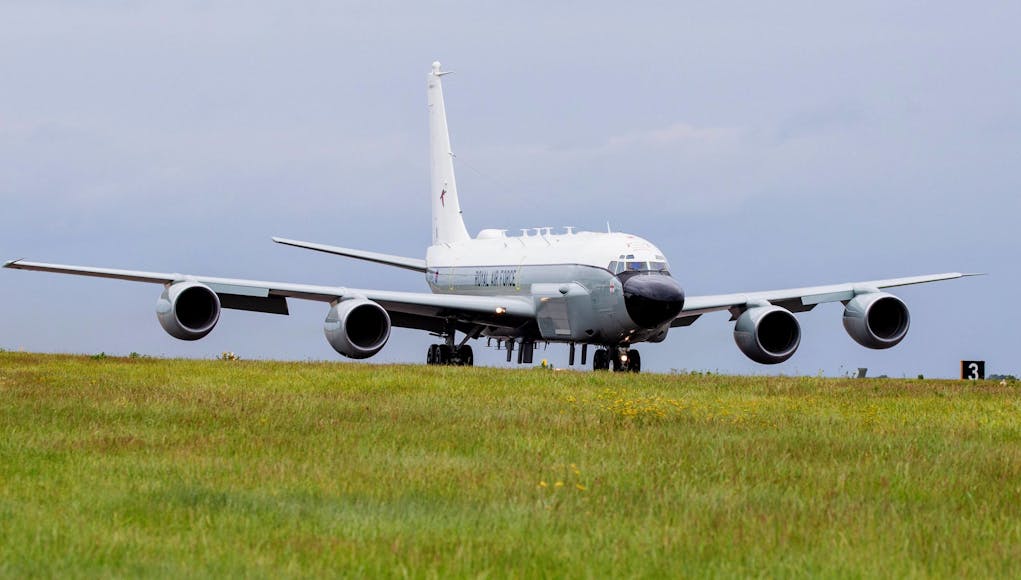
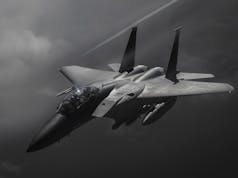

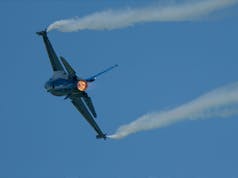
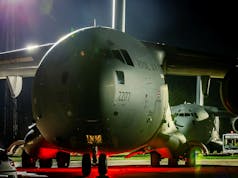
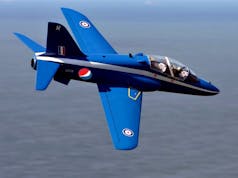
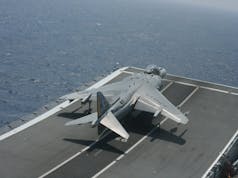
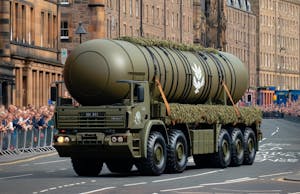









It’s an impressive asset. Shame we couldn’t get a few more of them.
Had 3 R1’s previously so, same as.
Still. Extra numbers is always a nice thing .
Agree in general Harry. I would spend money elsewhere mind rather than get more of these. Intelligence is not an area where the UK is lacking, and these and their associated ground based analysis organisation in Lincolnshire are top notch.
That’s fair. Do you have any idea on the servicability of the type? Or is it just the old 1 in 3 ratio.
No idea.
As they work in conjunction with USAF examples under 5 eyes we get input from all of them, so having only 1 available is fine.
That’s fair. Its definitely a reassurance of the special relationship. Especially in terms of the military.
Agree mate.
The Nimrod R1s were really too small. The interiors were HOT. Reportedly the crews like the new a/c for the comfort, a factor on long missions.
These airframes are 1960s. RAF E-3 are 1980s airframes. Would it not be wise to keep the E-3 airframes as a source of newer parts for the Rivet Joint?
The E-3 airframes are based on the Boeing 707-320 series. The “Rivet Joint” aircraft are based on the KC-135, even the fuselage widths are different, so unfortunately not enough parts are interchangeable. I last heard the RAF started to rundown the E-3’s after a ramp incident damaged one of the 7 aircraft a few years back and was later used as an expensive spares source.
Take a look inside!
https://www.raf.mod.uk/news/articles/rivet-joint-operational-flight-trainer-simulator-unveiled-at-raf-waddington/
Pity they are already very old airframes!
Anyone know why it is called Rivet Joint?
Such an unsexy name, sounds like a prosthetic.
The first was delivered when, 2012/13? I can’t imagine they were delivered with analogue dials so perhaps its an upgrade to the glass cockpit rather than a glass cockpit per se
As a lay person I have often wondered why such old air frames were used for such an important aircraft? Is it a case of the “plumbing” making it so coupled with the availability of low cycle airframes?
From what I’ve heard and read, Aircraft life is usually dictated by flying hours amassed so would imagine that they used airframes with low flying hours.